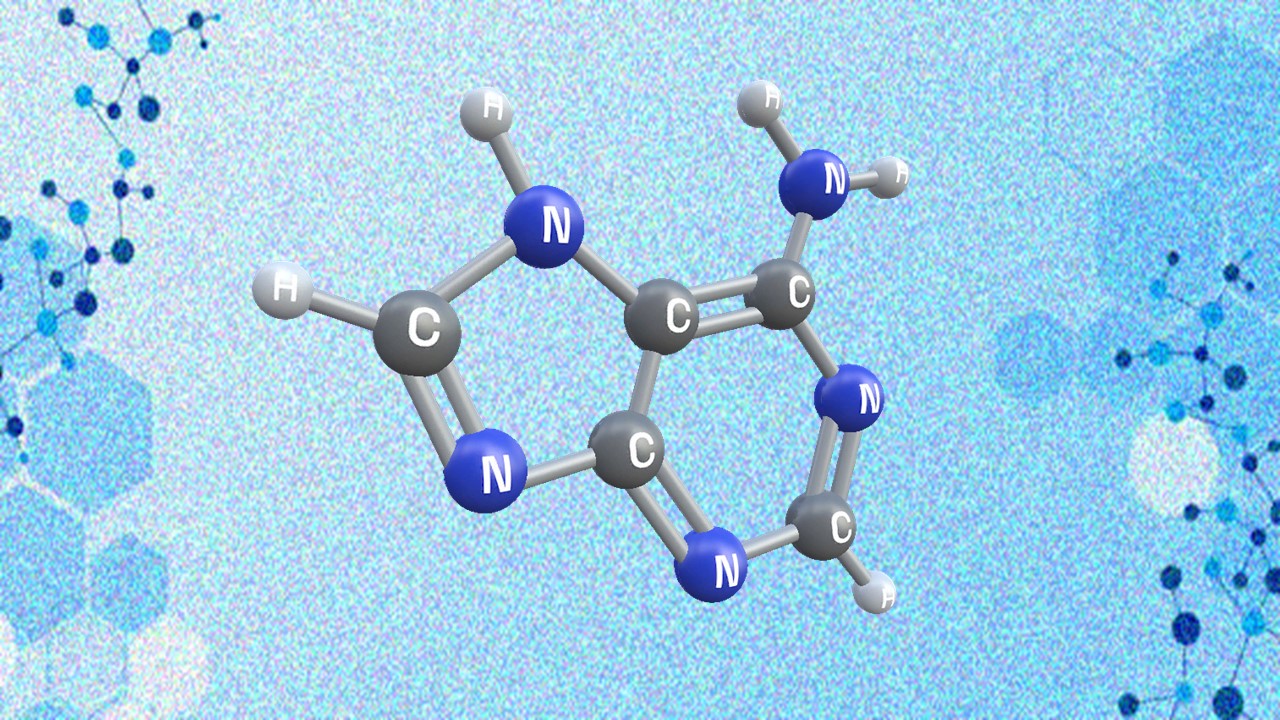
The process of pharmacovigilance (PV) in pharmaceuticals involves a number of slow and arduous procedures – collecting large amounts of data, closely monitoring risk in trials – all of which are equally vital to the drug development process. Many of these long, difficult procedures are ripe for automation and implementation of AI – which can massively decrease timelines in PV and increase safety of new drugs immensely.
The need for AI in PV
PV covers all aspects of monitoring the safety of new pharmaceutical products. In more depth, this is the detection and prevention of any adverse effects (AEs) a drug may cause to patients, either before or after the product goes to market.
This process involves a considerable amount of intaking and analysing data to ensure safety is being maintained while also searching for previously unidentified AEs or changes in severity in known ones; determining if any actions are required to improve safety in a product; and ensuring all information communicated both to healthcare professionals and patients is accurate and clear.
Naturally, this considerable intake of data makes PV a perfect candidate for incorporating automation and further AI. In general, these newer technologies can enormously speed up analysis using machine learning (ML) to rapidly identify signs of AEs in data or safety risks, can improve classification accuracy and provide new insight that human oversight might miss.
AI and automation in the PV space
While AI has been a buzz word for many years now, the inception of truly innovative, revolutionary AI is not yet here. But where its influence can be felt in PV is in automation: the automatic running of a number of processes traditionally performed manually to ensure much quicker completion and a reduction in cost. It also allows the redirection of human resources to other, more high-value tasks.
Automation can be implemented in a number of vital PV practices – across signal detection, risk management, AE intake and reporting, and preparation of programmed summary tabulations.
Literature screening
Literature screening is the slow task of reviewing journals, articles and other scientific literature to identify information that could aid the review of a product, either by identifying new AEs or pinning down the risk-benefit of said product. Beyond fulfilling compliance requirements, this can also determine risks to patient safety which are then passed on to medical professionals.
As can be imagined, this process is drawn-out and slow, with multiple possibilities for human error including misreading a report or two individuals reading the same source, wasting effort.
Automating this process using Natural Language Processing (NLP) – a type of machine learning that can read natural language as used in human speech, journals etc – means that many more journals and literature sources are ready more quickly than a human otherwise could, and with sufficient training can mean AEs are quickly, reliably found from a huge set of sources, including PubMed and journals like The Pharmaceutical Journal.
Beyond the rapidity with which automated programs can scour literature, this also reduces the risk of manual error or duplication of effort.
Automated case processing and signal detection
Processing reports of AEs affecting individual patients can naturally be a significant burden to an individual working on the caseload. Beyond taking a considerable amount of time, case processing represents a significant part of overall PV budget in many companies, and again suffers from the potential for human error or a misunderstanding of the data, potentially putting patients at risk.
Automation can aid case processing at a number of steps along the process. An automated system, once again using NLP to understand both structured and unstructured data from a number of varied sources, can improve efforts in receipt of data acknowledgement; checking for duplications; analysis of data to find keywords or patterns that indicate significant risks to patients or as-yet undiscovered AEs; and submitting data post-review.
Automation is set to become increasingly important in this regard in coming years, as further electronically-available health information becomes more and more available, providing an ever-expanding wealth of information that is currently heavily underused – in 2017 it was reported that only around 1% of AEs within electronic health records are reported to federal databases.
Post-marketing surveillance / Social media
Postmarket surveillance, or monitoring drug safety after a product has reached the market, is another area that AI and automation can improve radically – largely due to the large real-world datasets that can be leveraged at this stage, from case reports to scientific literature to social media and active surveillance, such as the FDA Sentinel initiative.
In particular, AI’s use in this regard as been proven when looking at social media, which over the past decade has become one of the most useful and large-scale means to determine AEs in patients based on their comments, posts and activity. AI models have already been proposed that automatically detect AEs in Twitter messages, scanning through tens of thousands of messages that otherwise would take an individual days or weeks to parse.
Conclusion
It is still the case that many experts in the pharmaceutical field call AI ‘overhyped’, given its small beginnings and slow progress in the sector. But it is clear that while it may be slow, AI absolutely has the potential to be as dramatically revolutionary as many believe it will be. For those companies who take time and money to invest in the area, AI and automotive practices will pay off in enormous amounts, not only in vastly reduced timeframes for many mundane activities and resulting cost savings across the board, but in improved risk management and safety precautions that will benefit the lives of many patients.
Joshua Neil, Editor
PharmaFeatures
Subscribe
to get our
LATEST NEWS
Related Posts

Drug Discovery Biology
Unveiling the Elusive: The Prevalence Problem in Drug Discovery
When it comes to developing new drugs, researchers encounter a formidable challenge: the prevalence problem.

Drug Discovery Biology
Navigating Drug Development: Innovations in Preclinical Testing
As we navigate the complexities of drug development, a harmonious blend of traditional wisdom and innovative technologies will be paramount.
Read More Articles
Synthetic Chemistry’s Potential in Deciphering Antimicrobial Peptides
The saga of antimicrobial peptides unfolds as a testament to scientific ingenuity and therapeutic resilience.
Appreciating the Therapeutic Versatility of the Adenine Scaffold: From Biological Signaling to Disease Treatment
Researchers are utilizing adenine analogs to create potent inhibitors and agonists, targeting vital cellular pathways from cancer to infectious diseases.
Bioavailability and Bioequivalence: The Makings of Similar and “Close Enough” Drug Formulations
Scientists are striving to understand bioavailability complexities to ensure the equivalence of drug formulations from different manufacturers, crucial for clinical effectiveness.












